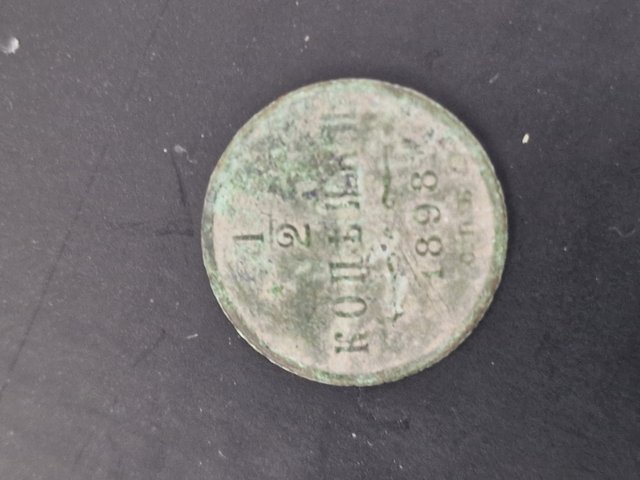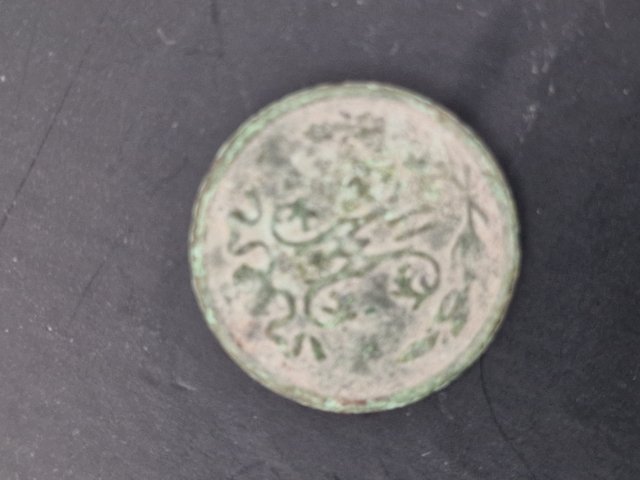half kopeck 1898
Today, a coin that looks inconspicuous but carries a lot of history with it joined my collection – a half kopeck from 1898. These were the times of Tsar Nicholas II, the last ruler of the Russian Empire, who less than two decades later met a tragic end together with his family in Yekaterinburg. The coin was minted in bronze, which immediately reveals its purpose – it was small change for everyday use, something that was meant to circulate among ordinary people, rather than be used for larger transactions. The obverse bears the inscription ‘1/2 КОПѢЙКИ’ and the date 1898, with the mint mark below, while the reverse is decorated with the coat of arms of Tsarist Russia, a double-headed eagle with a crown and sceptre, symbolising the power of the empire. The coin shown in the photo is heavily oxidised and covered with a greenish patina, but this adds to its character and shows that it has survived more than a hundred years in difficult conditions. Holding such a coin in your hand, you can imagine that someone used it to pay for a piece of bread, a handful of potatoes or a train journey, and now, after so many years, it has become a collector's item.
An interesting fact is that half-kopecks were used not only in Russia itself, but also in other parts of the empire, such as Poland, Finland and the Baltic states. It was in these places that small tsarist coins remained in circulation for a long time, and even in the early 20th century, they could still be found in bazaars and small shops. Their value was so low that they were often disregarded and even thrown away or lost, which is why today it is not so easy to find them in good condition. What is more, 1898 is an interesting year because it was a time when Russia began to industrialise more strongly and invest in railways, yet a large part of the population still lived in the countryside, where such half-kopecks were most commonly used. For a collector, holding such a coin is like travelling back to a world before the revolution, before the world wars and the total transformations that changed Europe. Such a small bronze disc can tell more than many books, because it bears witness to the everyday lives of ordinary people who did not know that in twenty years their world would collapse along with the entire Romanov empire.


